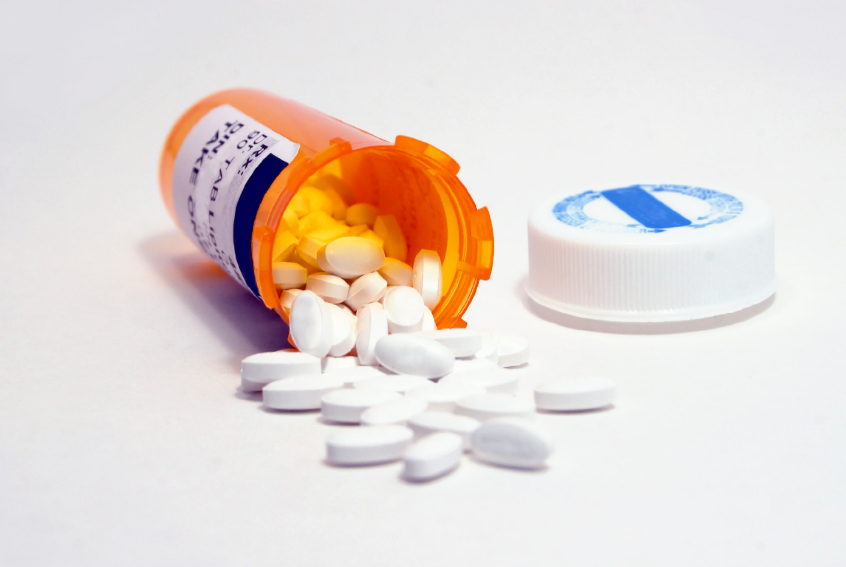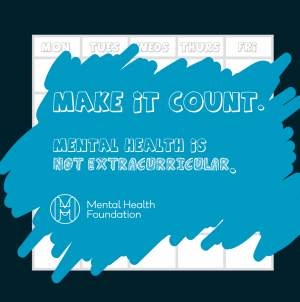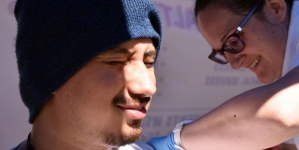-
Tips for becoming a good boxer - November 6, 2020
-
7 expert tips for making your hens night a memorable one - November 6, 2020
-
5 reasons to host your Christmas party on a cruise boat - November 6, 2020
-
What to do when you’re charged with a crime - November 6, 2020
-
Should you get one or multiple dogs? Here’s all you need to know - November 3, 2020
-
A Guide: How to Build Your Very Own Magic Mirror - February 14, 2019
-
Our Top Inspirational Baseball Stars - November 24, 2018
-
Five Tech Tools That Will Help You Turn Your Blog into a Business - November 24, 2018
-
How to Indulge on Vacation without Expanding Your Waist - November 9, 2018
-
5 Strategies for Businesses to Appeal to Today’s Increasingly Mobile-Crazed Customers - November 9, 2018
USA prescription opioid misuse and deaths increase
A new study performed by researchers from the Substance Abuse and Mental Health Services Administration (SAMHSA), discovered that despite the fact that the amount of Americans with disorders and overdose deaths related to the intake of opioid has raised over the years, the number of people receiving treatment for the drug has remained the same.
Advertisement
Han also stated that the use of high-intensity opioid increased with high rate of prescription of these drugs during the 2000s. They also studied the vital statistics on cause of death across the nation for the same period.
The rate of nonmedical use of opioids – not using a prescription as directed, or using a prescription that was written for someone else – fell from 5.4 to 4.9 percent over the 10-year period, but during the same time, the rate of use disorders rose from 0.6 to 0.9 percent.
Prevalence of prescription opioid use disorders among nonmedical users increased from 12.7% in 2003 to 15.7% in 2010, 16.1% in 2011, 17% in 2012 and 16.9% in 2013, according to adjusted modeling. They also realized that the number of people reporting opioid use for more than 200 days also raised. The marginal decrease in initiation of opioid use could be a ‘ hopeful finding’, writes Dr Lewis Nelson from New York University School of Medicine.
However, Han and her colleagues are mostly concerned about the underlying problem of the increase in use disorders, because it suggests that more patients are experiencing an inescapable transition from initial opioid use to frequent use.
Sixteen states have been recently granted a total of $20 million by the Centers for Disease Control and Prevention, a large sum of money aimed to fund the study of safe prescribing practices, in addition to the effort of reducing the availability of prescription opioids. A toolkit has been developed by SAHMSA for preventing overdose of opioid. “To this end, raising the bar for the use of opioids for the treatment of either acute or chronic pain will expose fewer patients to their risks”.
The researchers recommend the development of new treatments that could help relieve pain and new training programs for doctors so that they can better identify whether someone is using opioid for nonmedical reasons, according to Reuters.
“Not everybody is going to want or need the same treatment”, said Brendan Saloner of the Johns Hopkins Bloomberg School of Public Health in Baltimore, who coauthored the research letter.
Dr. Han and others who have studied the growing opioid epidemic have urged increased access to medication in a manner similar to methadone clinics. This program “offers ways that medical providers, people who use opioids nonmedically, and others can recognize the signs of an overdose and effectively reverse it with naloxone (a lifesaving opioid overdose drug)”, said Dr. Han. After all, an addiction, especially one as severe as an opioid addiction, needs chronic help to be overcome.
Advertisement
People with dependences on alcohol, marijuana, cocaine, hallucinogens, heroin, stimulants, sedatives and nicotine were also more prone to disorders – as were those who stole or bought drugs, compared with those who received them for free from friends or relatives.





























